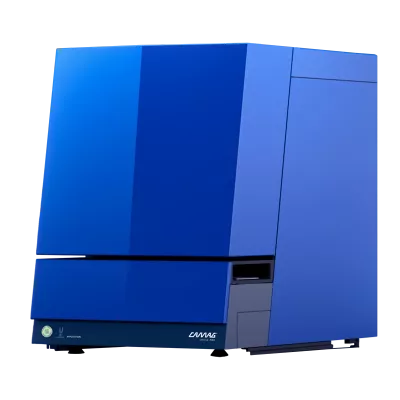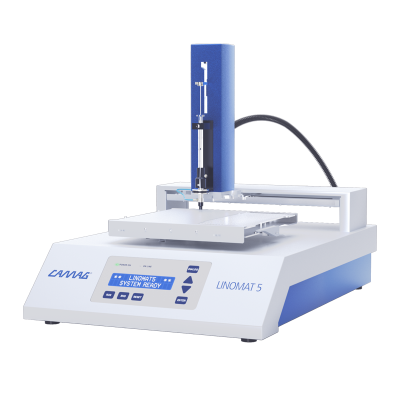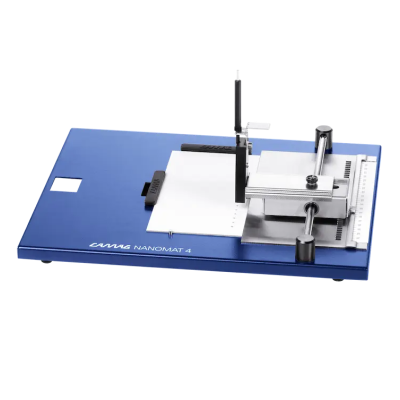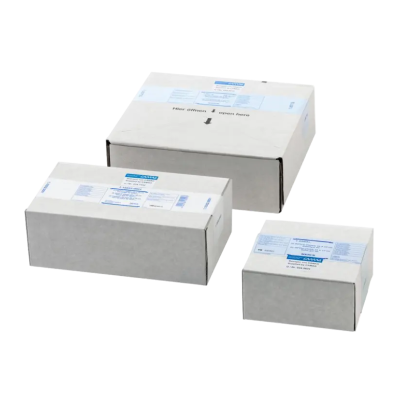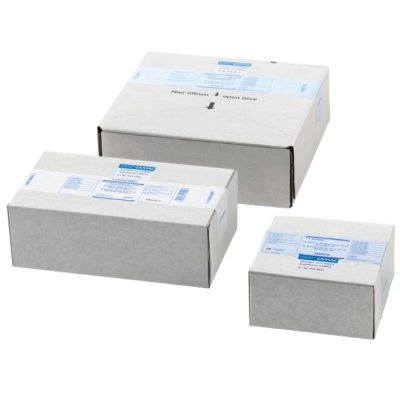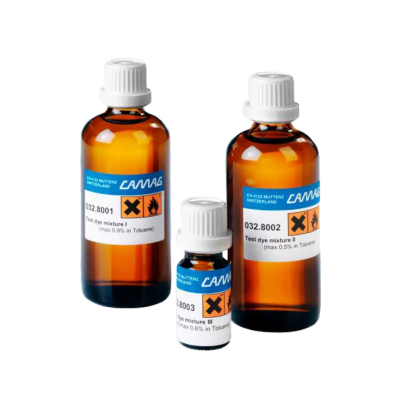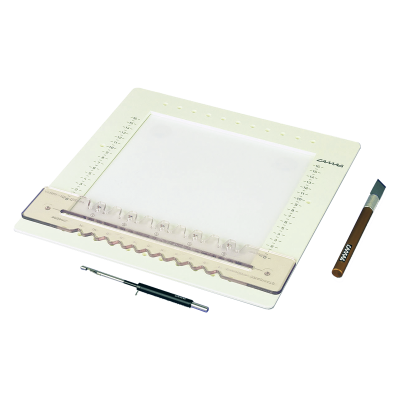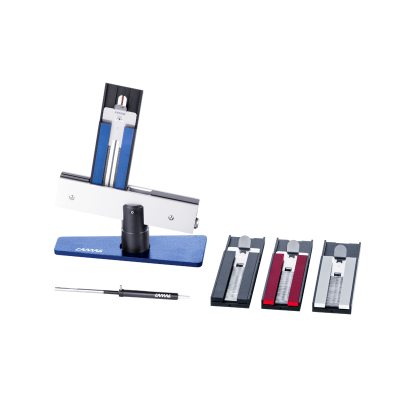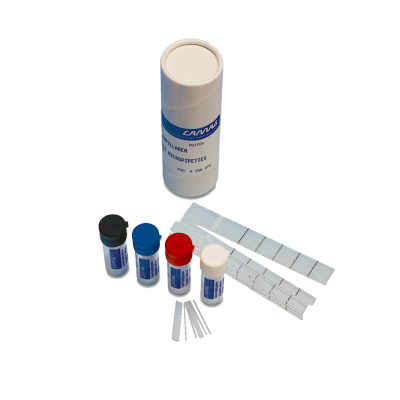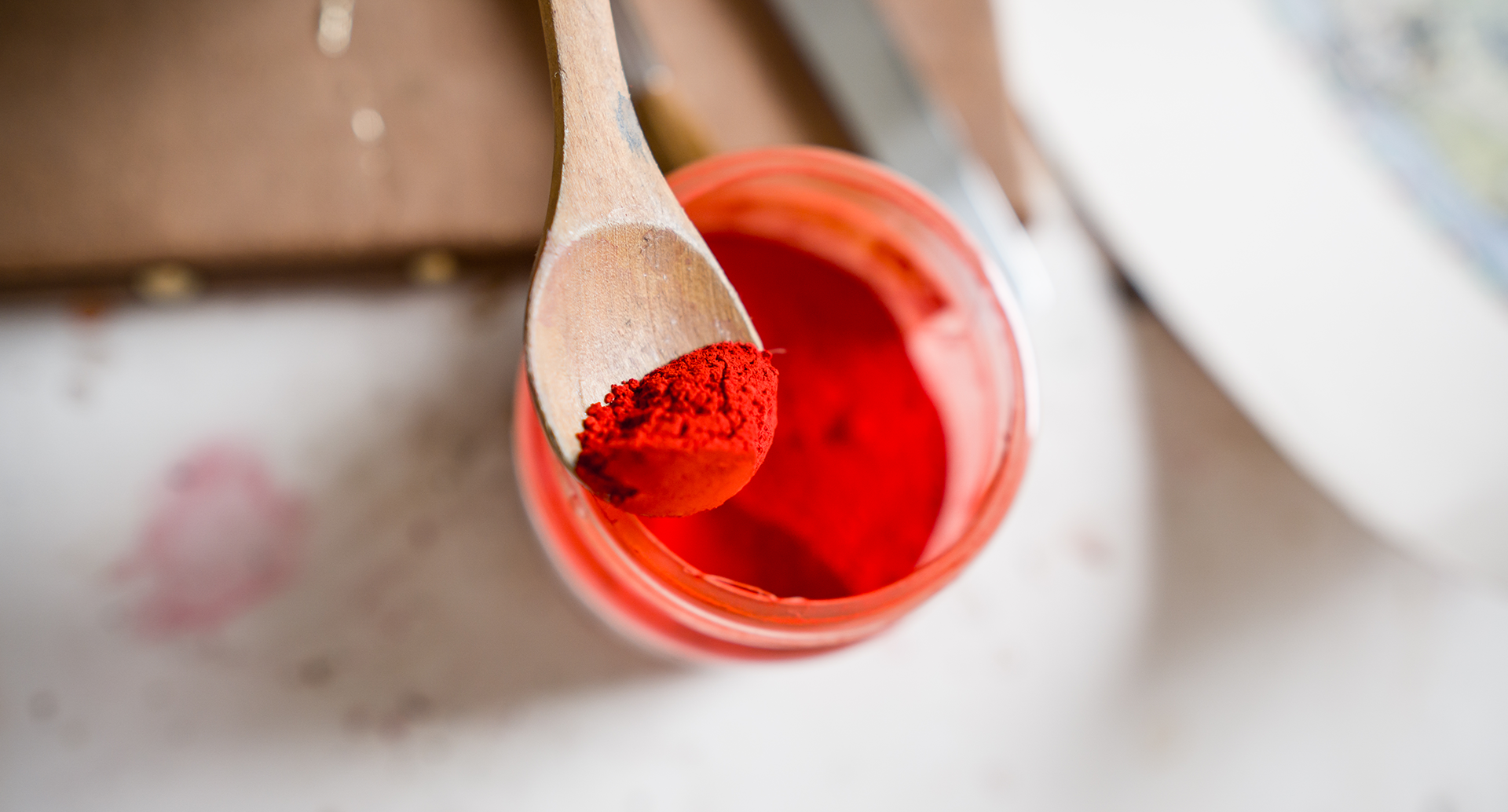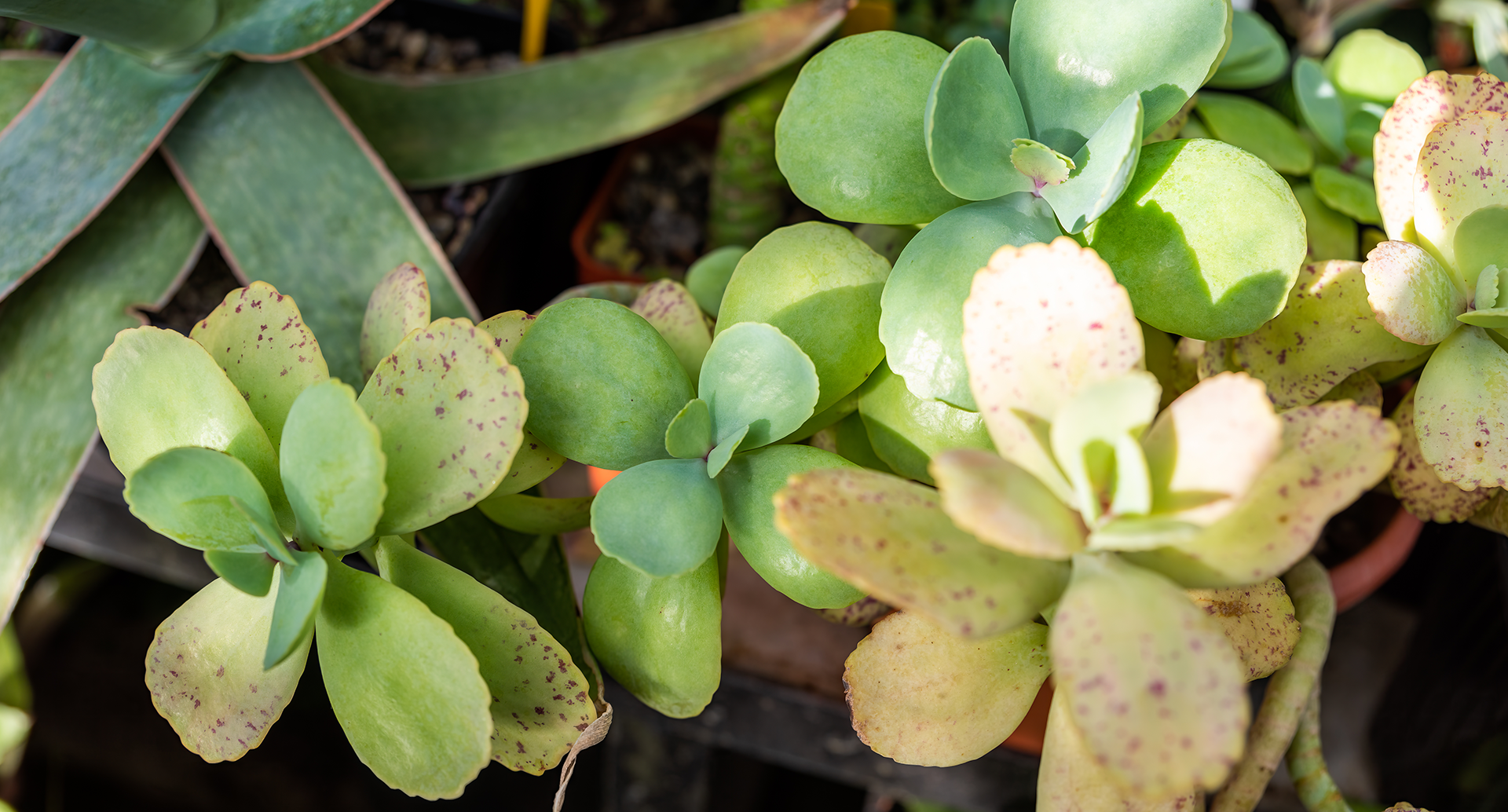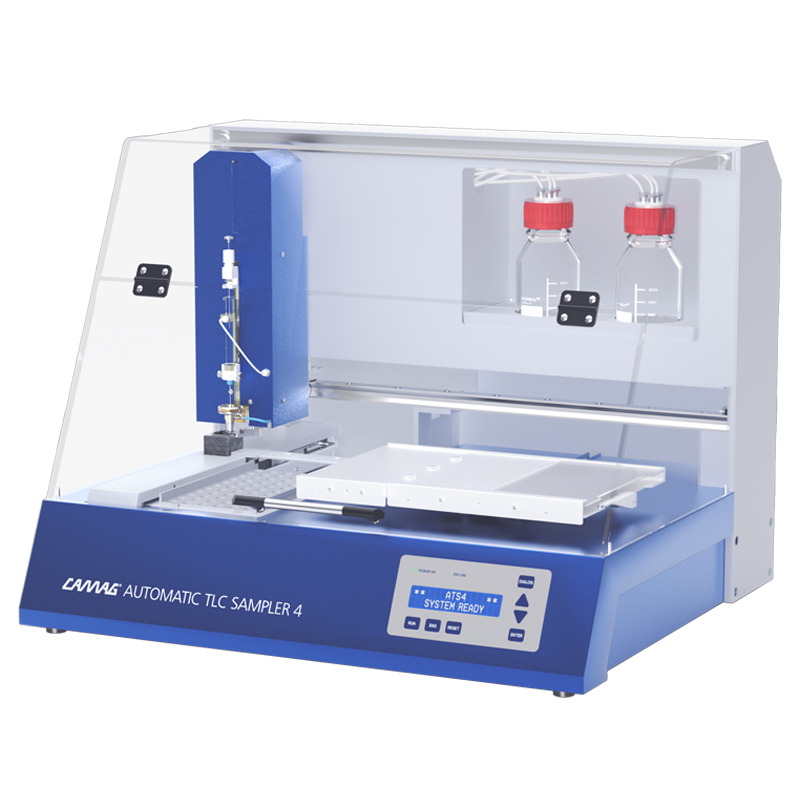
CAMAG®
AUTOMATIC TLC SAMPLER 4

In a nutshell
The key to quality and reproducibility
The Automatic TLC Sampler 4 initiates the HPTLC process by applying samples, which plays a crucial role in determining analysis quality. Additionally, automation enhances productivity, making the HPTLC lab more efficient. Designed for routine operations and high throughput, the ATS 4 efficiently handles both qualitative and quantitative analyses, as well as preparative separations.
Specifically, the Automatic TLC Sampler 4 applies samples as bands, spots, or rectangles using the spray-on technique. It precisely delivers large volumes and concentrates rectangles into narrow bands with a high-strength elution solvent before chromatography.
Furthermore, the ATS 4 supports “overspotting,” sequentially applying samples onto the same position. This feature proves particularly useful for pre-chromatographic derivatization, spiking, and other similar procedures, enhancing its versatility for a range of applications.
-
Fully automated sample application
-
Application of bands, spots or rectangles
-
Any plate format up to 20 x 20 cm (glass or aluminium foil)
-
Spray-on application or by contact transfer
-
Software-controlled by visionCATS
OPERATION WITH VISIONCATS Software
The instrument parameters dialog box provides user-friendly default settings. For example, selecting a solvent similar to the one in use allows the software to automatically adjust instrument settings based on viscosity, volatility, and surface tension. Additionally, the filling/rinsing process, which controls syringe rinsing frequency and filling repetition, can be customized for specific tasks.
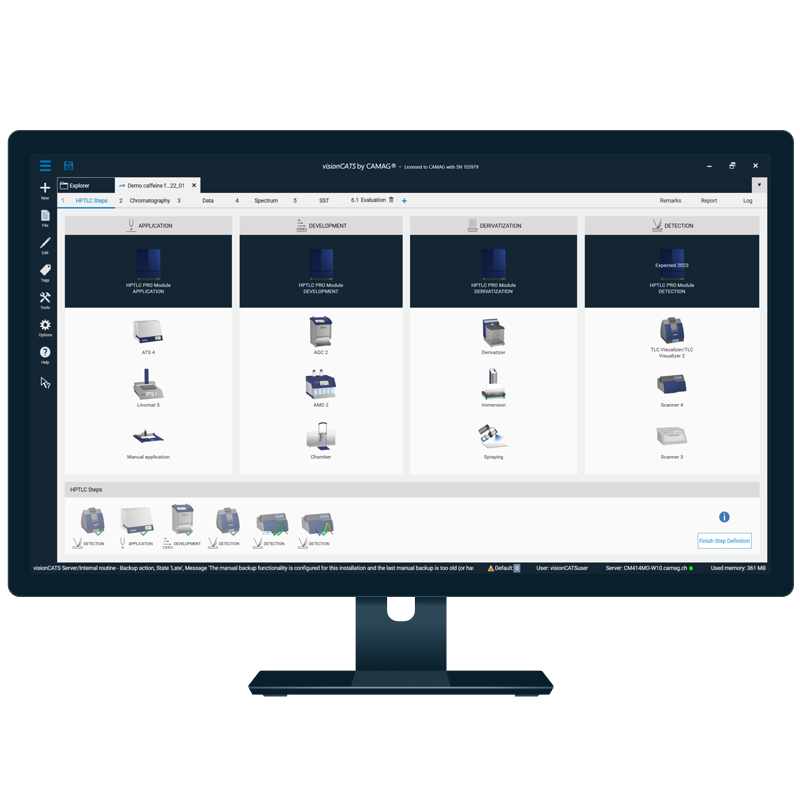
How the ATS 4 works
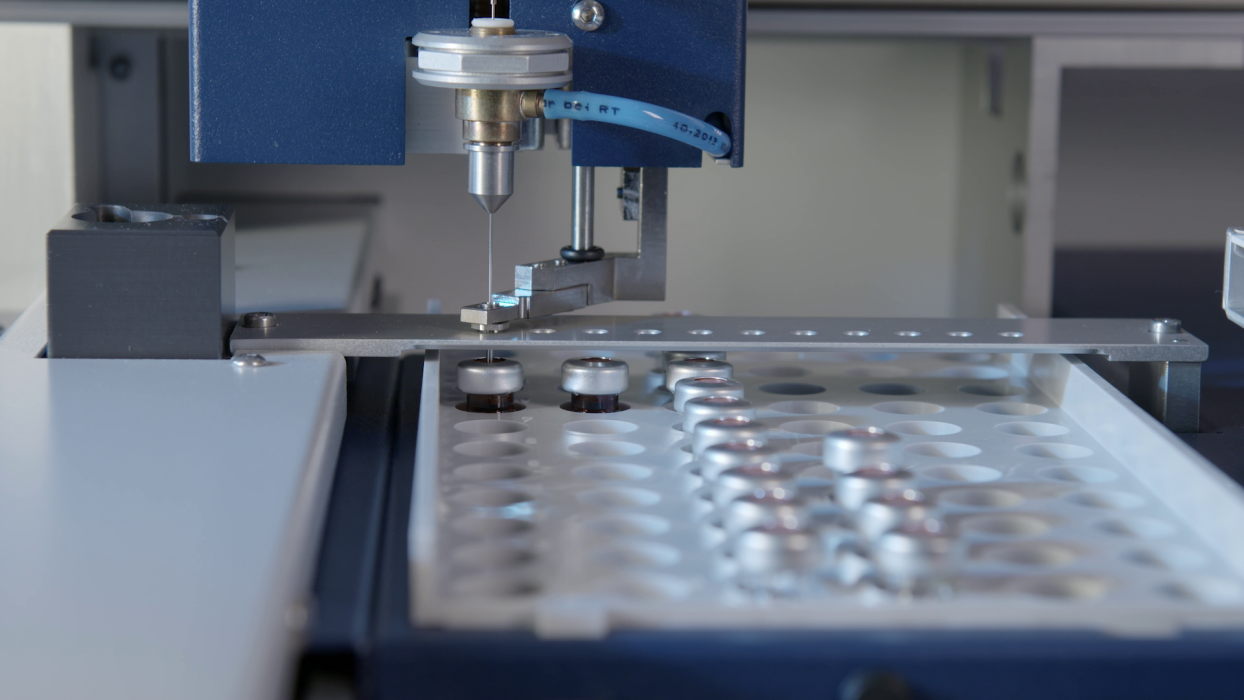
01
An application sequence begins with sample uptake. The vial septum is punctured, and the needle is inserted into the sample vial through the puncture. The syringe is then filled with the sample solution.
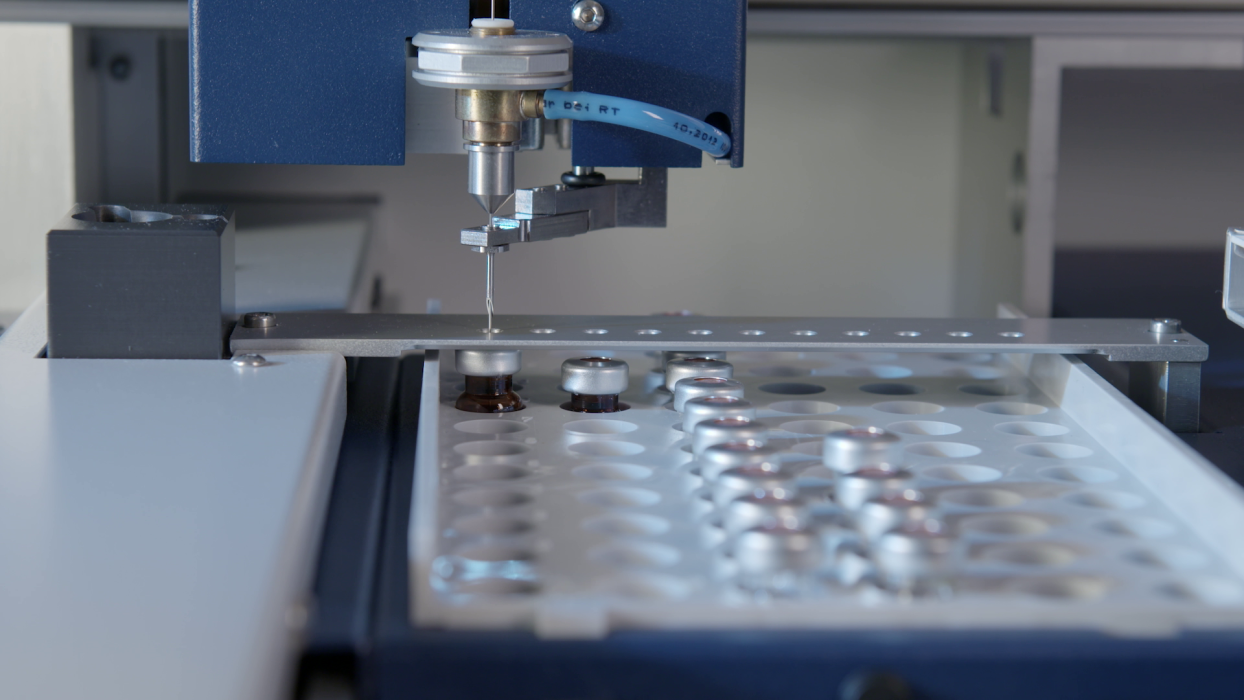
02
The septum punch retracts, ensuring that the tightly sealed septum wipes off the exterior of the needle.
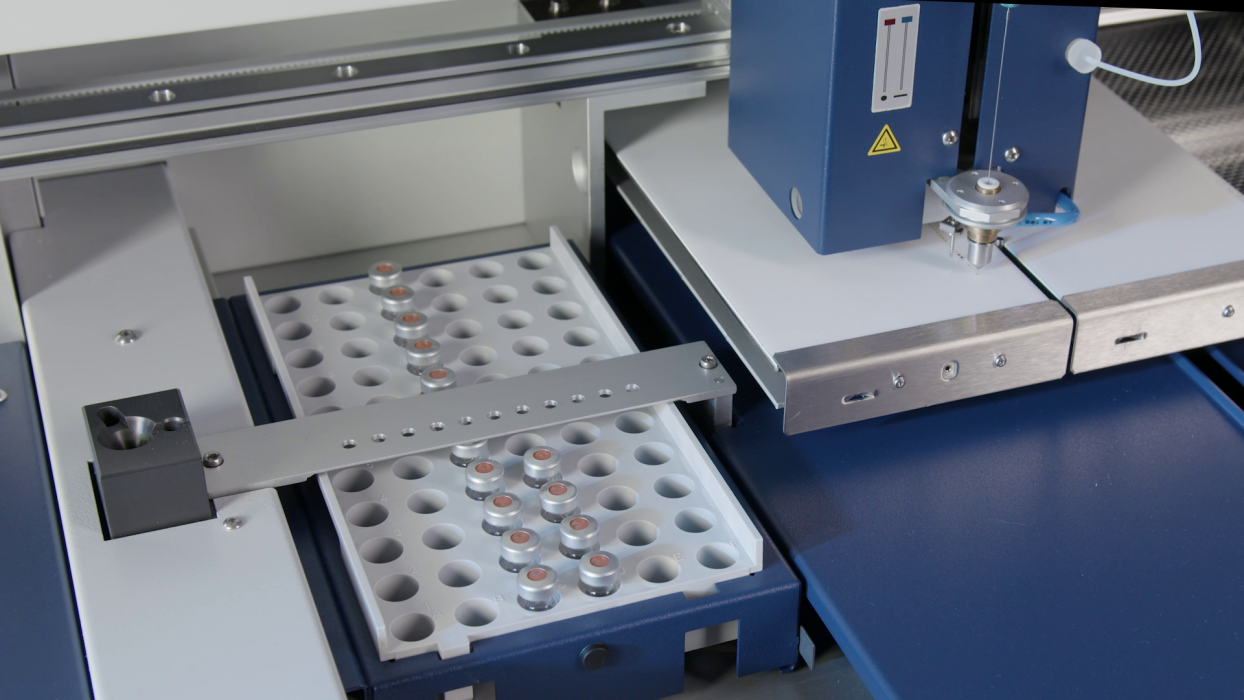
03
Before the first application from a newly filled syringe, a small sample volume is pre-dosed onto a waste plate to ensure consistent conditions at the needle tip. This pre-dosage is performed in the same manner as sample application, either through contact spotting or the spray-on technique.
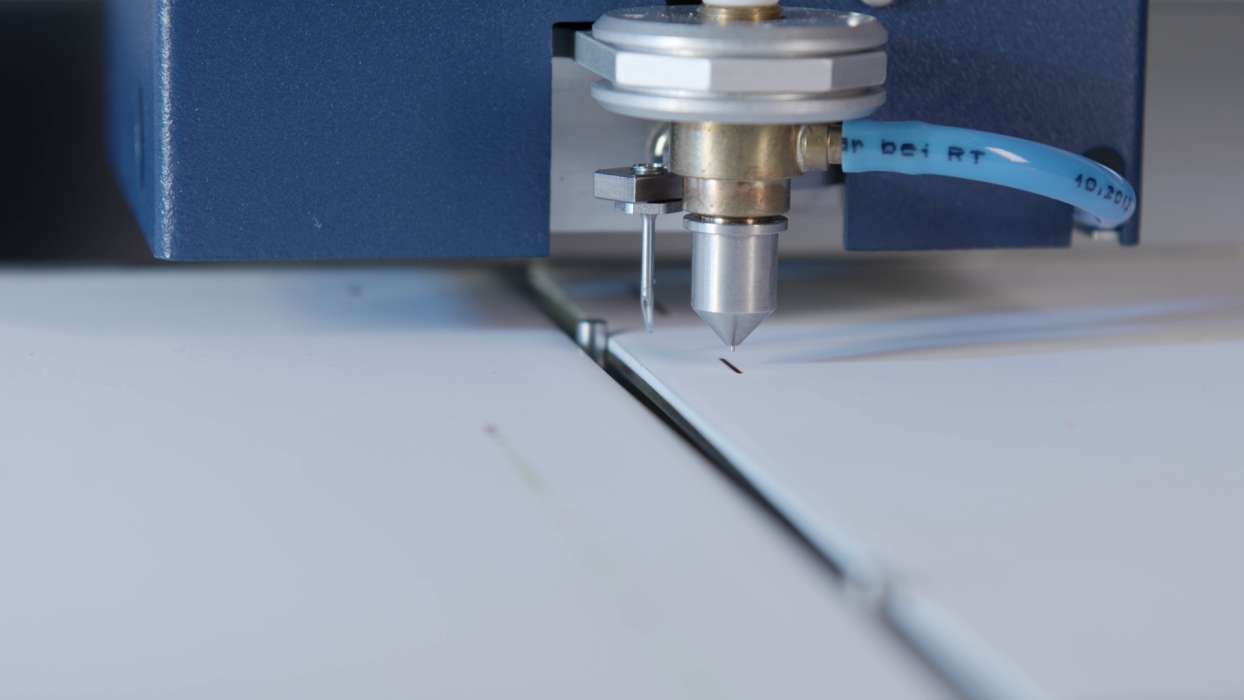
04
The syringe moves to the programmed position of the plate and starts application of the desired sample volume. If several applications of the same sample have been programmed, these are applied in sequence from the same syringe filling, provided the remaining volume is sufficient. Otherwise, the syringe is automatically refilled.
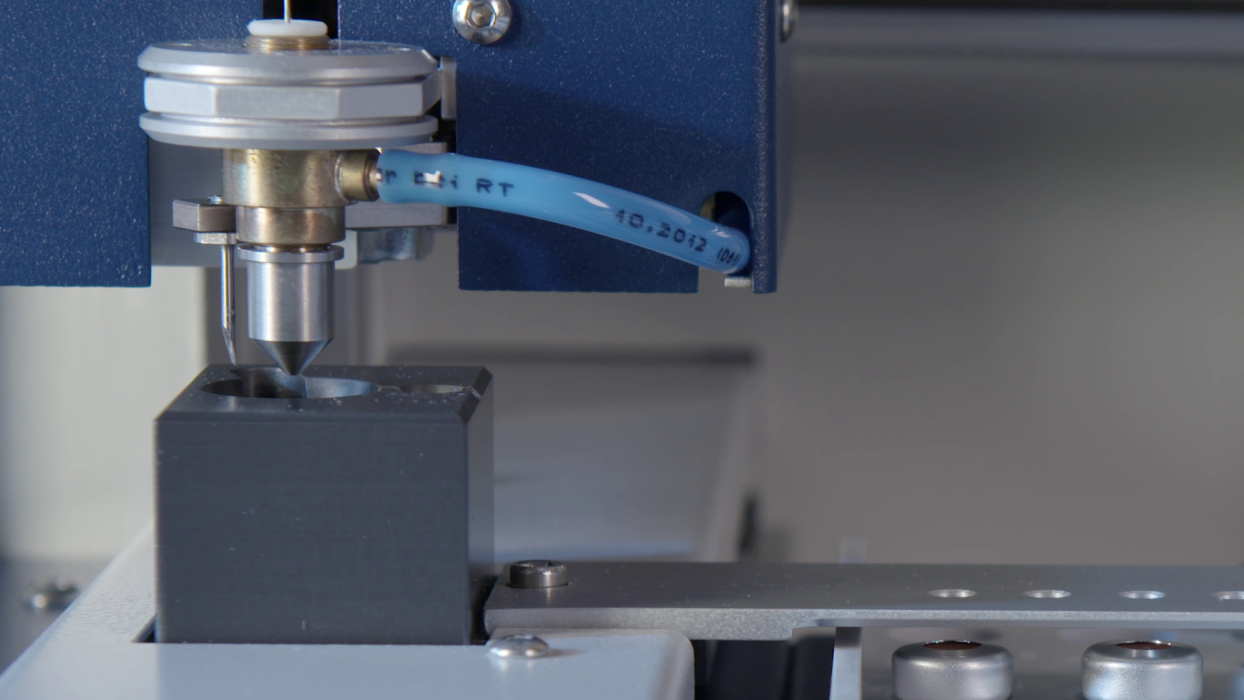
05
After the final sample application, the syringe is emptied into the waste bottle.
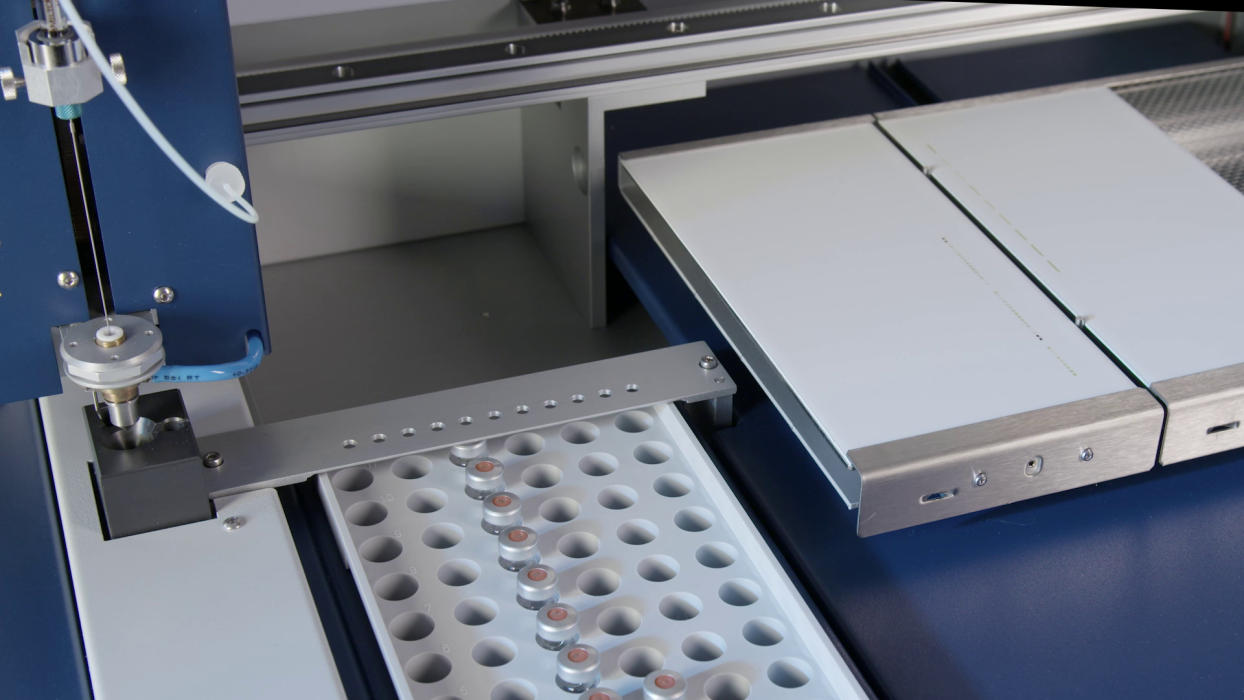
06
The syringe is filled with rinsing solvent, and the plunger moves beyond the side connection to remove any excess solvent. Once the rinsing solvent is emptied into the waste bottle, the dosing system is prepared for the next application sequence.
Watch the ATS 4 in action
Technical specifications
-
Plate/sheet size supportedup to 20 x 20 cm
-
Plate/sheet material supportedglass, aluminium and plastic
-
Plate/sheet thickness supportedup to 8 mm
-
Application methodcontact (spots) using contact needle or spray (spots, bands or rectangles) using spray needle
-
Syringe volumestandard: 25 μL, options: 10 or 100 μL
-
Sample dosing volume (application volume)programmable from 100 nL to 1 ml in steps of 100 nL
-
Dosage speedprogrammable from 10 to 2500 nL/s
-
Septum puncherpneumatic operation
-
Sample rack capacitystandard: 66 sample vials 2 mL (12 x 32 mm), option: support for 96 well-plates
-
Syringe and needle rinsingautomatic at the beginning and end of each run and between different sample vials
-
Rinsing cyclesprogrammable from 0 to 5
-
Band lengthprogrammable 0.0 – 200 mm in 0.1 mm steps
-
Bands/spots positions on the plate in the x-axis directionprogrammable 0.0 – 100 mm in 0.1 mm steps
-
Bands/spots positions on the plate in the y-axis directionprogrammable 0.0 – 195 mm in 0.1 mm steps
-
Sample heating during sprayoptional: up to 60°C by using Heated Spray Nozzle
-
Displaytwo lines LCD display
-
Instrument controlcontrolled and programmed by visionCATS software
-
Diagnosticsvia visionCATS software
-
Over spottingprogrammable, from different vials onto the same spot or band
-
Communication portRS-232 serial port
-
External gas supplycompressed air or nitrogen, 4.5 – 6 bar (65 – 90 PSI)
-
Gas consumptionapprox. 2 liters per minute while spraying
-
Mains voltage90 – 240 V, 50 – 60 Hz
-
Dimensions (W x D x H)630 x 530 x 500 mm
-
Weight36 kg
What you need to get started
Ordering Information
-
022.7400
CAMAG® Automatic TLC Sampler 4 (ATS 4)
for fully automatic application of samples as spots, bands or rectangles including overspotting in qualitative and quantitative TLC analysis. Complete with instrument cover, sample rack for 66 standard 2 mL vials, 90–230 V Including Dosing Syringe Starter Kit, containing: 25 µL Dosing syringe (695.0053), Spray-on needle for dosing syringe (695.0046), Contact transfer needle for dosing syringe (695.0047)
-
022.7410
CAMAG® Automatic TLC Sampler 4 (ATS 4)
with heated spray nozzle for fully automatic application of samples as spots, bands or rectangles including overspotting in qualitative and quantitative TLC analysis. Complete with instrument cover, sample rack for 66 standard 2 mL vials, 90–230 V Including Dosing Syringe Starter Kit, containing: 25 µL Dosing syringe (695.0053), Spray-on needle for dosing syringe (695.0046), Contact transfer needle for dosing syringe (695.0047)
-
028.0000
CAMAG® HPTLC Software visionCATS: Basic Version
including access and control of all instruments – 1 server, 1 client Instrument Diagnostics (xQ), analytical reports – access to method library. Needs to be purchased separately and is not included in any Ultimate Package.
-
022.7450
Dosing Syringe Starter Kit, containing: 25 µL Dosing syringe (695.0053), Spray-on needle for dosing syringe (695.0046), Contact transfer needle for dosing syringe (695.0047)
Interested in the product?
Reach out to your local distributor and enjoy faster, improved results at reduced costs.
